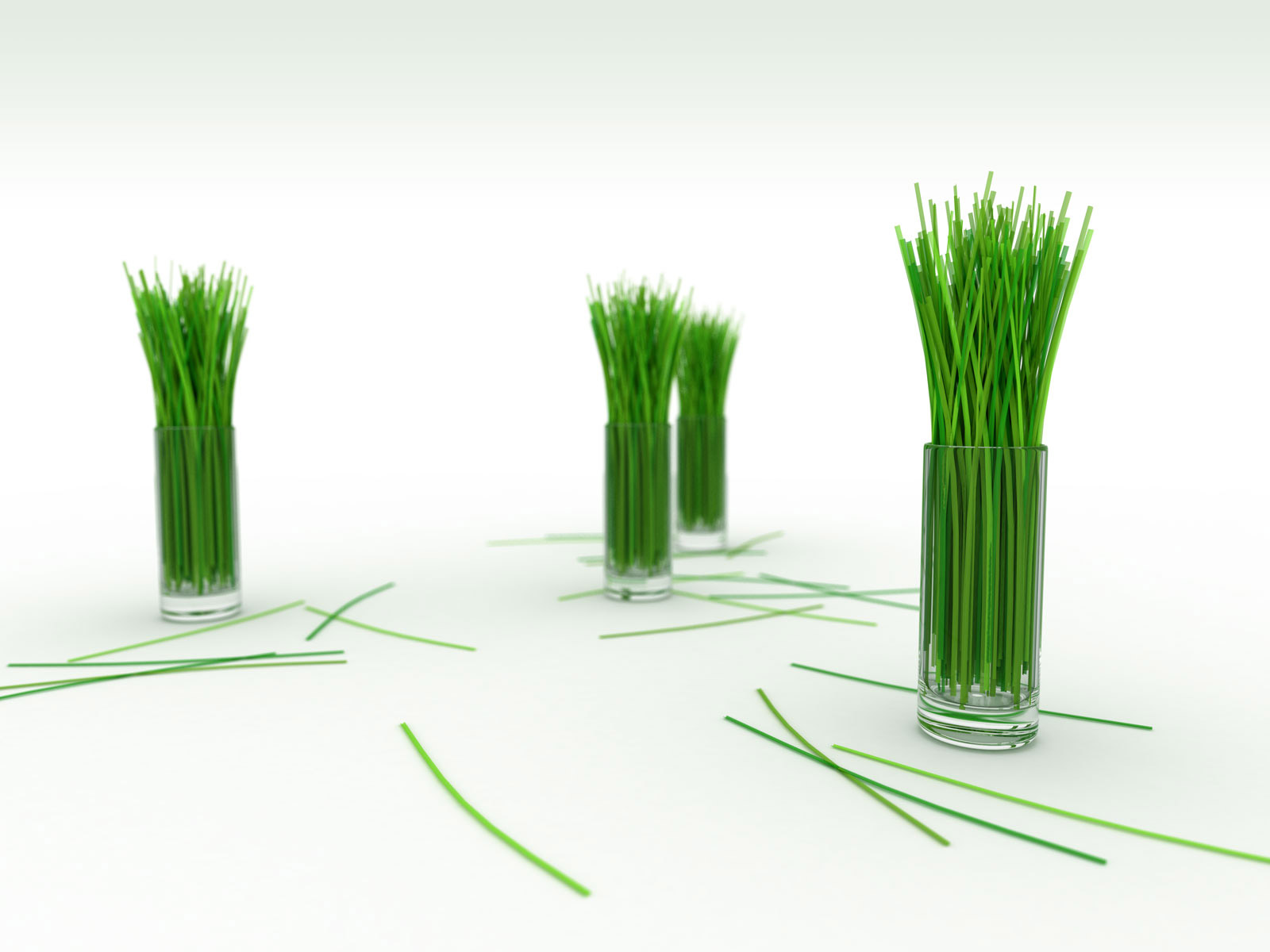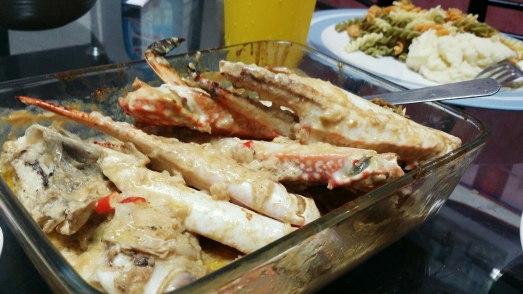If ever there is a magical ingredient in a kitchen, my pick is butter. Butter is a mystical gift from the cow which makes almost everything taste better. Butter is the most useful and most common fat for cooking and eating, and understanding how to use it makes you a better cook. Fat is good. Fat does not make us fat (eating too much does). Fat is what makes a food flavorful. I suspect that most home cook does not use butter enough. Most of us only associate butter to baking cakes/cookies. We do not truly understand how truly valuable it is.
Thinking about butter allows us to see it, and use it, as a tool. It shortens the dough that will hold your pie filling or form the cookie you baked. It enriches a sponge cake and also becomes part of the frosting on that cake. It cooks and flavors the meat in your roasting pan/tray. Basting the meat with butter simultaneously helps the meat cook and flavors it, then enriches the pan sauce you later make for the meat. The solids in butter take on extraordinary flavors when gently browned. Butter by itself is a ready-made sauce—you use it with pasta, with your steak, with a roast chicken. Add aromatics, such as a little shallot and lemon, and it becomes a more complex sauce. Knead some flour into butter, and the mixture becomes the perfect thickener for sauce. A pastry kitchen ceased to exist without butter. As my mentor and celebrity chef Anthony Bourdain puts it, “In a professional kitchen, it’s almost always the first and last thing in a pan.” Butter is a great cooking medium, flavoring and giving color to sautes. Added at the end, it completes a dish, making it more luscious, and it smoothes out the texture and flavor of the finished sauce.
Butter as cooking medium
Raising heat to a butter melts it. The higher the heat the water in the butter cooks off more rapidly. Once that happens, the butter solids browned and coloring and flavoring the food you cook it with. The only thing to do once this happens is to make sure the solids don’t burn. Basting, spooning butter over what you’re cooking, does two things: it flavors the food with the butter fat and the browning butter solids, and it cooks the food from the top down while the hot pan cooks it from the bottom up. For sauteing fish, chicken and beef at hot temperature (try it istead of using oil), use clarified butter. Butter can be clarified by melting the butter over low heat, the solids will rise to the top and are spooned away as the water cooks off until all you are left with is pure butter fat. Poaching is another technique which is wonderful when using butter. Butter is whisked into a bit of water and melted. This dense, flavorful medium cooks food very gently and is thus well suited to cooking ingredients that need gentle heat such prawns/shrimps.
Butter as shortener
If you always wonder why they called it shortener, it’s because they shorten the strands of gluten in the flour which results in tender crumb when you bake the flour mixture, which you want in a pastry crust. Without shortener, they becomes chewy like a bread. Butter is an excellent shortener compared to vegetables shortening or lard, because of the flavor. Try making a pie with both using butter and vegetable shortening and taste the different. Whenever a recipe for pastry calls for vegetables shortening, i always use butter instead. (As butter encourages the formation of gluten, do not knead your pastry too much or it’ll end up too chewy.)
Butter as enricher, thickener and finisher
Most hot, stock-based sauces are improved when you finish them by swirling in a little butter just before serving. This is called mounting a sauce with butter. The butter smoothes out the texture of the sauce, making it more voluptuous and satisfying. It’s a terrific way to enrich a sauce while improving its texture.
Butter as garnish
Using compund butter is a teriffic way to garnish most grilled/barbecued or roasted meats and fish. Simple to make, it can be varied according to your whim. Let the butter soften, then mix in aromatics, fresh herbs, minced shallot, or lemon, rolled into a log using plastic wrap/cling film, then is sliced and placed atop hot meat or fish, over which it will slowly melts. This is a standard practise for most hotel restaurants and it’s a great technique to enhance home cooked dishes.
Salted, or unsalted butter? It’s a matter of preferrence actually. Butter was salted to preserve it, now it’s more because of flavoring. If you do not want too much salt in your cooking and you want greater control of the amout of salt you’re using (especially when making pastry) use unsalted butter. I prefer using salted, due to the flavor and because unsalted butter generally cost more here. What is more important is the quality of the butter. You’ll normally get what you pay, so make your choice well.
The story of fat
Butter is fat, so is oil. When you’re cooking your food, take a spoonful to taste and think. Apart from correcting the seasoning with salt and pepper, and evaluating the acidity, whether you need to add a bit more vinegar/lemon juice, ask yourself if you have the depth of texture and satisfying nature that I’m after? If not, fat may be the solution. Butter is the most common finishing fat used. So does oil. Determine the kind of fat you may requires. Your choice of fat makes a difference in the finished dish. Use butter in a pie will result in rich and flavorful pie crust, use vegetable shortening and your flavor is neutral. Extra-virgin olive oil would be ruined in a hot saute pan. Use it cold or warm for its elegant flavor. So choose your fat according to the results you want.


